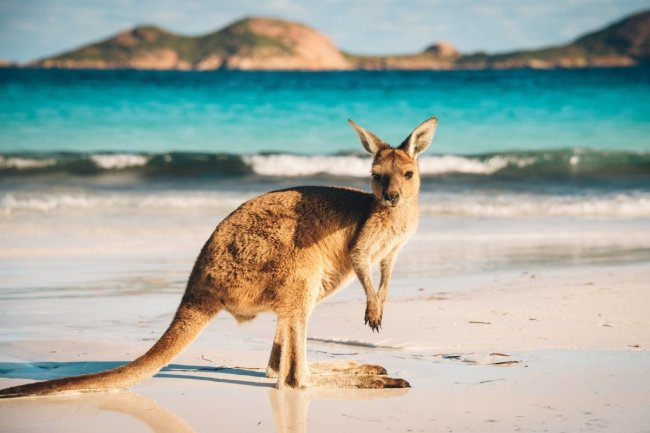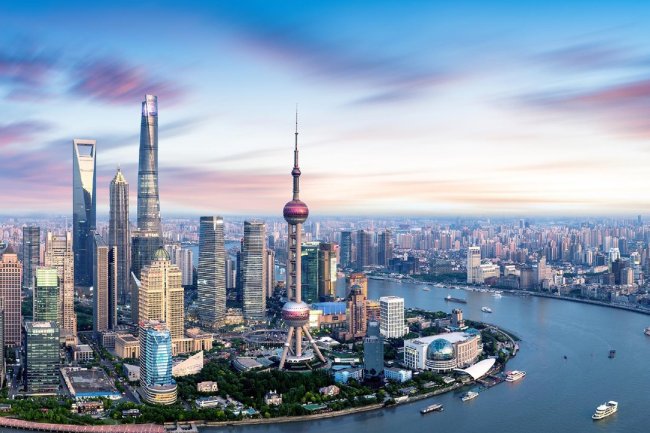Magic East - it’s all about Oman
Deserts, canyons and fortresses on the shores of the Persian Gulf
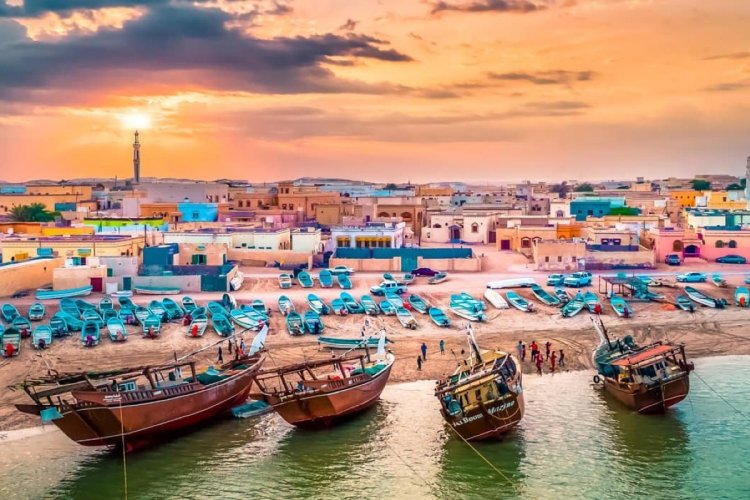
Oman, a sultanate on the Persian Gulf, is still an unusual destination for mass tourism. However, this Arab state attracts with its oriental charm, reminiscent of the One Thousand and One Nights tales, as well as a pleasant combination of wide beaches and endless sand dunes, equipped with cozy hotels and a variety of sports activities.
Five decades ago, the reigning Sultan Qaboos bin Said abandoned his policy of isolation and set out to modernize the country, welcoming tourists. At the same time, Oman has not become a copy of the UAE or Qatar with their glass skyscrapers - the construction of buildings higher than 13 floors is not allowed here. Oman has been able to preserve its unique national character, which is manifested in numerous fortresses, mosques, traditional architecture, museums and palaces. Dunes, canyons, beaches, superb desert roads, rare green turtles, the scent of incense and bustling markets are all part of the exotic and attractive Oman.
Capital - Muscat
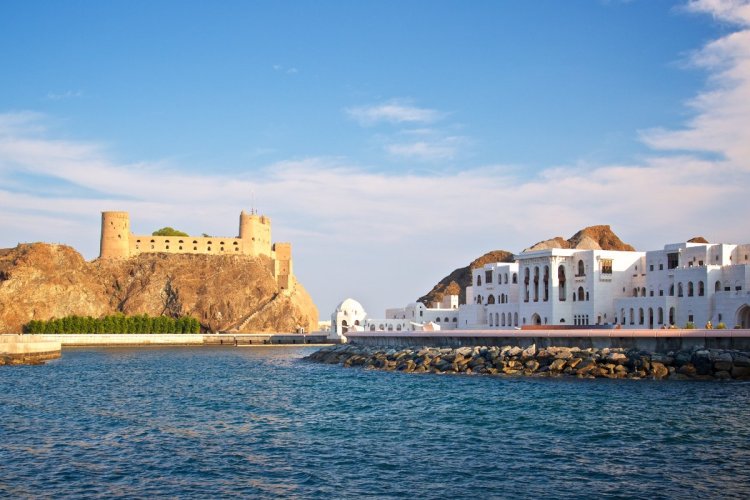
The capital of Oman, Muscat, stretches along the coast for 60 km, occupying a narrow strip between the sea bay and the mountains. The old town and the Mutrah district, which is just half an hour's walk from the center, are especially attractive for travelers. Two powerful forts rising among the rocks near the shore of the bay, and the bright palace of the Sultan, located between them, are probably the most interesting places in the historical center of the city. The Al Jalali and Al Mirani forts, reminiscent of medieval castles, were built by the Portuguese in the 16th century. Today they serve as military facilities, so it is impossible to get inside. The magnificent landscapes are complemented by the Alam Palace - the Sultan's palace with exquisite blue and golden columns of unusual shape, completely covered with mosaics. Next to it there is a blooming garden with date palms.
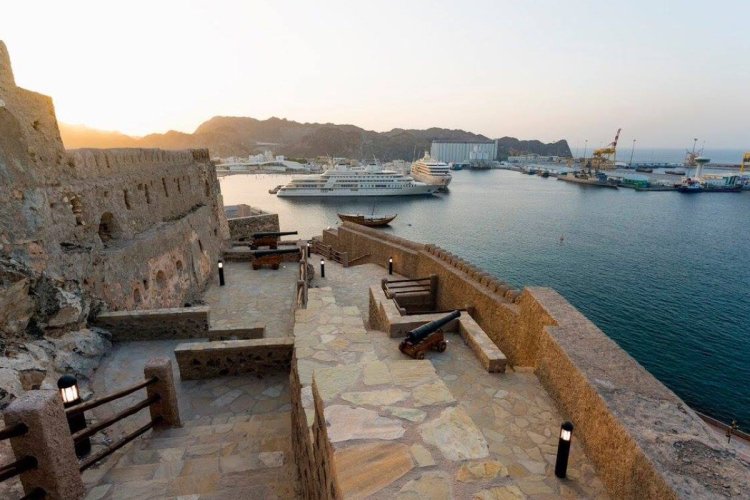
A little further inland, the Beit Al Zubair Museum of Omani Culture offers a deep dive into the history of the region, its people and way of life. One of the halls reproduces a traditional Omani village, and a hut made of palm leaves is built in the garden. To continue your journey into Muscat's past, you can visit a small exhibition in the New Gate or, if you have time, the large National Museum.
In the park nearby there is a huge incense burner - a symbol of Oman, which attracts many visitors. This region has long been involved in the extraction of aromatic boswellia resin, which since ancient times was sold throughout the world with trade caravans. We recommend taking a walk along the embankment to the old market, where you can buy incense, traditional fezzes, dates, camel figurines and other souvenirs. Don't forget to climb Muttrah Fort for breathtaking views of the bay.
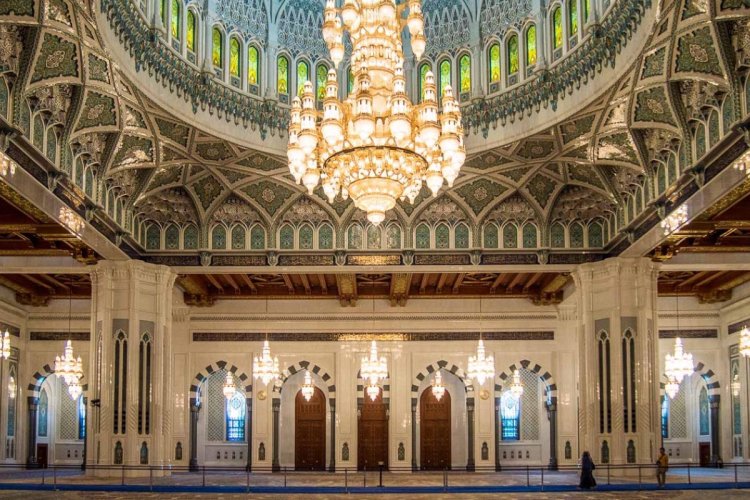
Don't miss the opportunity to visit the Sultan Qaboos Mosque, built in 2001 in the new part of Muscat. The interior of the mosque is stunning in its beauty and detail: exquisite frescoes with floral and geometric motifs, the world's second largest Persian carpet, consisting of 1.7 million hand-woven knots and covering an area of 4,200 square meters, and an impressive 8-ton chandelier , decorated with Swarovski crystals. Interestingly, the chandelier pendants repeat the shape of the minarets of the mosque in a reduced form.
Wadi Shab mountain gorge
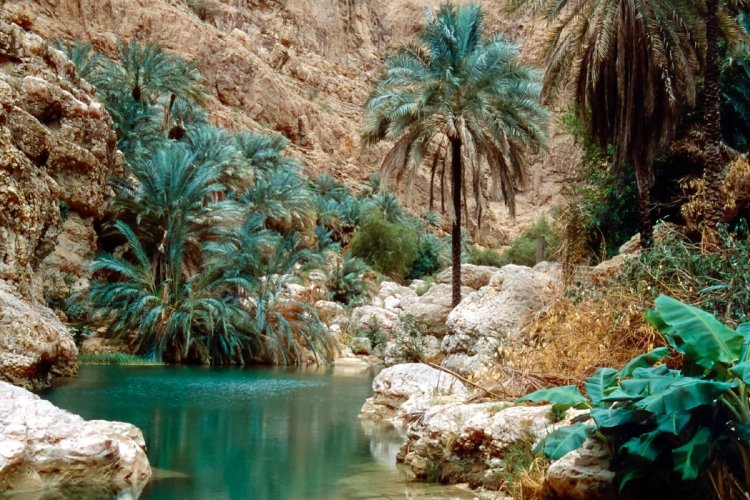
Wadi Shab, a mountain gorge located two hours from Muscat, is a canyon shaped by water rushing through the rocks. You can find many similar places with lakes and rivers in Oman, but Wadi Shab is one of the most accessible. In order to get there, you need to cross the river by boat and then walk through the dry part of the riverbed and large boulders randomly located here and there. Further you will only have to swim between steep walls and capricious rocks. At the end of the path you will find a passage through a narrow crack that leads to a grotto with a waterfall. The lakes here have an amazing emerald hue, and banana palm trees grow around them. This is a real oasis in the desert, filled with birdsong, and it’s definitely worth going this route!
Desserts of Oman
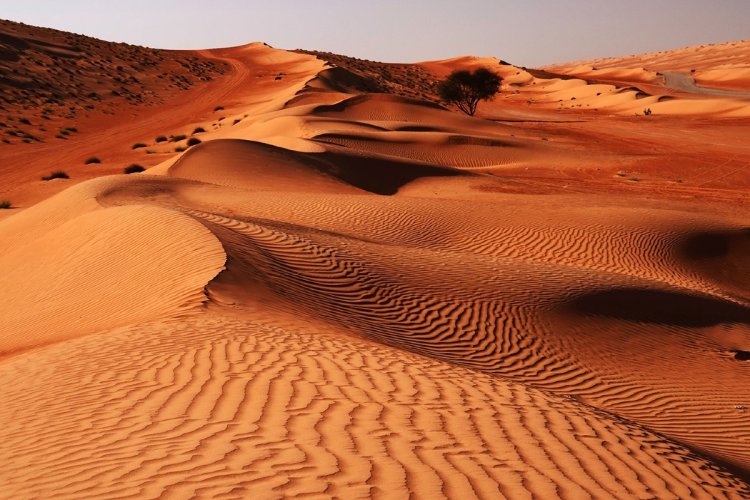
Don't miss the opportunity to see sand dunes and camels in Oman. In the Wahiba desert, which is located 300 km from Muscat, there are several camps with tents, where tourists are often brought. The agencies offer a variety of tours, including overnight stays in Bedouin tents and luxury campsites, as well as the opportunity to ride camels or buggies.
You can drive to the dunes yourself by renting an SUV. The best place to enjoy solitude among the dunes and watch the wind draw patterns on the velvety red-orange sand is at Rub Al Khali, located near the border with Saudi Arabia. Memorable images of majestic golden sand dunes, sun rays and starry desert skies will remain in your memory for a long time.
Salalah - Oasis of Oman
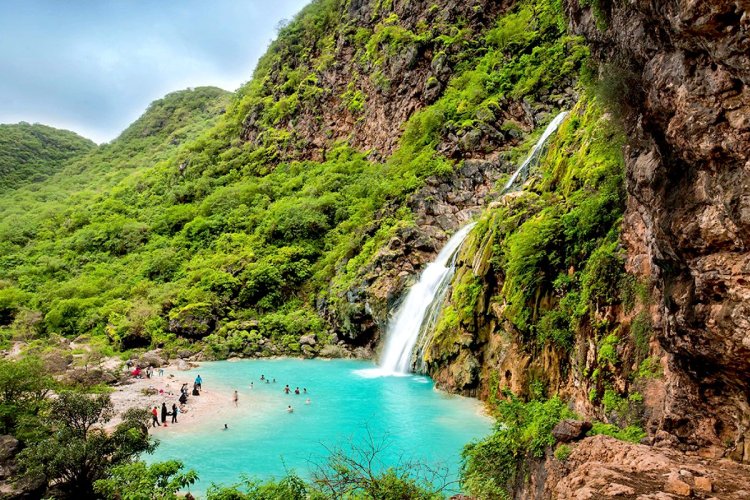
Returning from the Arabian desert, be sure to visit tropical Salalah. Here you will be amazed by the contrast between desert and greenery: beaches with palm trees, as if straight from the pages of booklets about paradise life, and a city surrounded by forested hills. If you go to the water early in the morning, you can spot pink flamingos. To escape the heat, head to the archaeological museum called the Frankincense Land Museum. Here you will find ancient artifacts discovered during excavations, models of settlements, fortresses and Omani boats, as well as all types of incense and a collection of meteorites. The open archaeological park will be of interest to history buffs, and Wadi Darbat, located near the city, will appeal to fans of canyon walks. Mini-waterfalls, lakes, plenty of greenery and camels - Oman definitely can surprise you!
Nizwa and environs
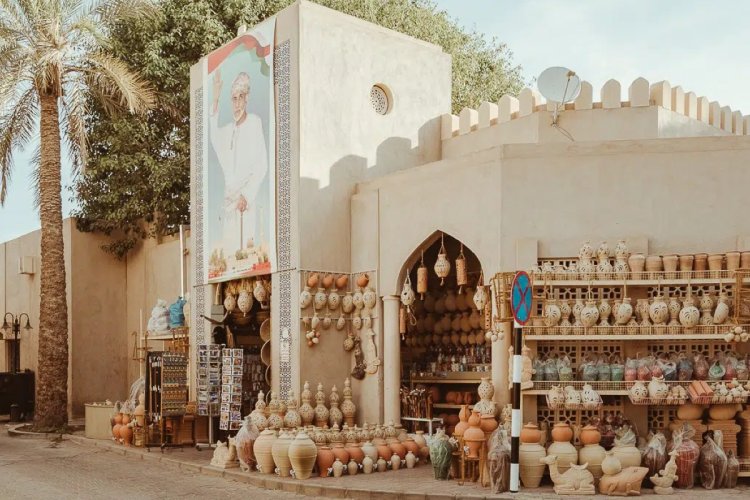
You should definitely visit the ancient capital of Oman - Nizwa. In the heart of the city there is a 17th-century fortress open to tourists. A visit to the tower, narrow staircases, artillery installations, an exhibition of weapons, clothing and household items, as well as a mosque with a unique decorated dome will take you several hours. Not far from the fortress there is a picturesque souk (market), where a wide range of beautiful pottery products, including clay vessels and vases, as well as sweets are displayed. On Fridays, a traditional animal auction is held here.
The best time to visit Oman is from November to March, so there is no need to postpone your trip, as in other months the daytime temperature rarely drops below 50ºC. Things are bad with public transport and the best way to get around the country is by car - you can rent one without any problems. Well, and in order to always stay in touch, buy mobile Internet packages from fedafone, with us you will never get lost!
